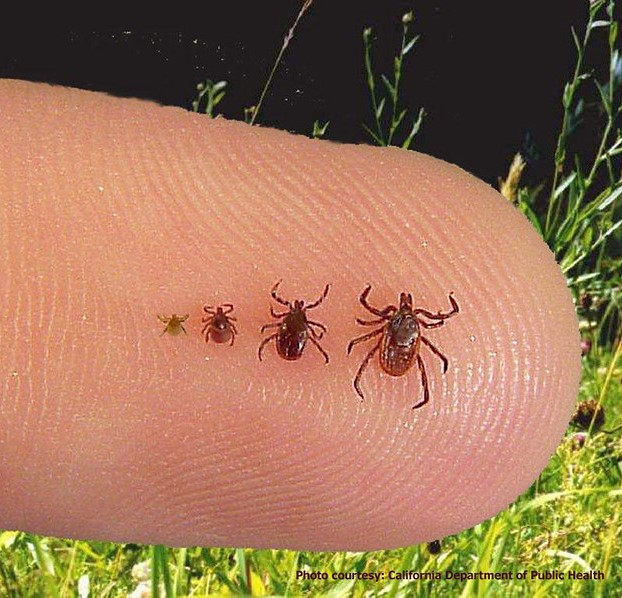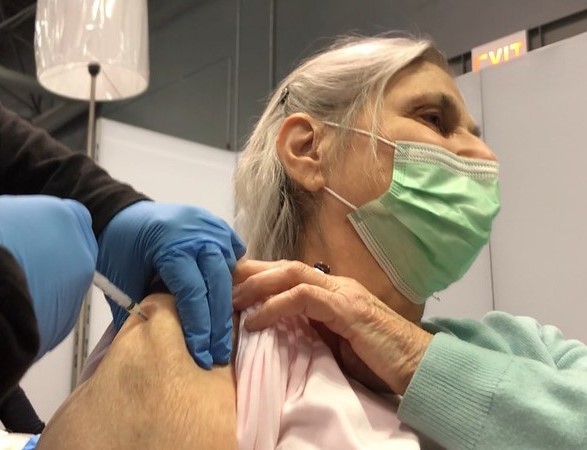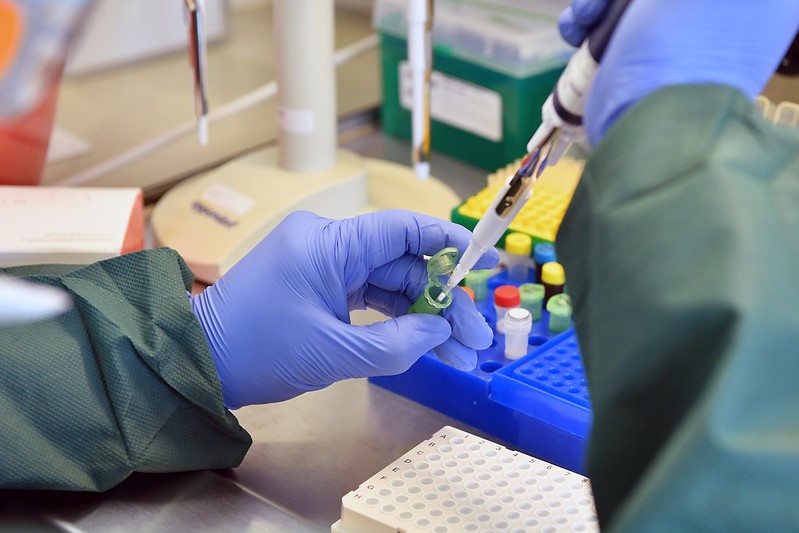
A phase 1 clinical trial of Valneva's VLA15 Lyme disease vaccine candidate shows that it is safe and produces a strong but waning immune response against the six most common strains of the Borrelia burgdorferi bacterium in Europe and the United States.
Valneva researchers led the trial, which was published yesterday in The Lancet Infectious Diseases. The team studied adverse effects and antibody responses among 179 healthy adults aged 18 to 40 years in Belgium and the United States after receipt of three doses of VLA15 from January 2017 to January 2019.
Participants received either a version adjuvanted with alum to improve the antibody response or a non-adjuvanted version in doses of 12-, 48-, or 90-micrograms (μg).
Immune response up to 1 year
VLA15 was safe and well tolerated up to 1 month after the third dose, with mostly mild or moderate adverse events. These events were more common in the 48- and 90-μg groups (range, 28 to 30 participants [94% to 97%]) than in the 12-μg group (25 participants [86%]) in both the adjuvanted and non-adjuvanted groups.
Common local reactions included injection-site tenderness (151 [84%] participants; 356 events) and pain (120 [67%]; 224), and the most common systemic reactions were headache (80 [45%]; 112), fatigue (45 [25%]; 56), and muscle pain (45 [25%]; 57).
The vaccine marshaled immune responses for all strains, but responses were greater in the higher-dose adjuvanted groups (geometric mean titer [GMT] at 90 μg with alum, 61.3 to 321.7 units per milliliter [U/mL] vs 23.8 to 111.5 U/mL at 90 μg without alum). One month after the third dose, GMTs declined, reaching baseline by 1 year. A booster dose given 13 months after the first dose triggered a strong immune response for about 6 months.
We eagerly await the results of the next clinical trials.
In a commentary in the same journal, Ondrej Hajdusek, PhD, and Jan Perner, PhD, of the Czech Academy of Sciences, said that although annual VLA15 boosters would be required to maintain protection against Lyme disease, the vaccine "represents a milestone in our fight against Lyme disease, and we eagerly await the results of the next clinical trials."


 Infectious disease consultation (IDC) was associated with a 40% reduced risk of death in gram-negative bacteremia patients, according to a multicenter
Infectious disease consultation (IDC) was associated with a 40% reduced risk of death in gram-negative bacteremia patients, according to a multicenter 










